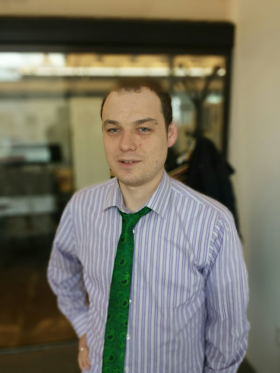Cameras have been alm ost the same for hundreds of years. Whether it was digital or analog, we stored a single two dimensional image of a scene. Modifications could be made to the photo, but there wasn't any magical extra data that could be recovered.
ost the same for hundreds of years. Whether it was digital or analog, we stored a single two dimensional image of a scene. Modifications could be made to the photo, but there wasn't any magical extra data that could be recovered.
HDR photography has improved this; by taking multiple pictures different exposures, your camera can blend and combine multiple photos in different ways to visualize a scene differently. Somestimes this even gets closer to the way the human brain procesess light and information. Lytro is a company that also took this challenge on, building new sensor technology to allow the user to refocus a picture after it is taken.
With Google's Project Tango, it seems like the realm of computer vision and modeling is beginning to pick up steam as we are seeing the fruits of a huge amount of innovation. Project Tango takes a relatively standard smartphone, adds two cameras, a high quality gyroscope, compass, and a depth sensor to turn images of the world into a 3d model of the world automatically.
But Google has gone further, proving you don't even need two cameras or a depth sensor to gather some of this information. Using advanced algorithms, the new Google Camera for Android asks the user to move their device after taking a picture, and measures the 2d parallax effect to calculate a depth map. Using this depth map, Google allows the user to create a photo with properties of a high-quality DSLR and lens, featuring a low depth of field that the human eye finds very appealing. This depth map is even stored with the image. This depth map allows you to selectively blur the photo based on distance, and many other cool things.
Thankfully Google has even exposed this depth map to users. Visit http://depthy.stamina.pl/ on your phone and you will be able to see and manipulate and play with any of the photos you have taken with lens blur.
The technology isn't perfect yet, and we will require higher and higher camera resolutions to take advantage of these technologies, but the future is bright.
permalink
